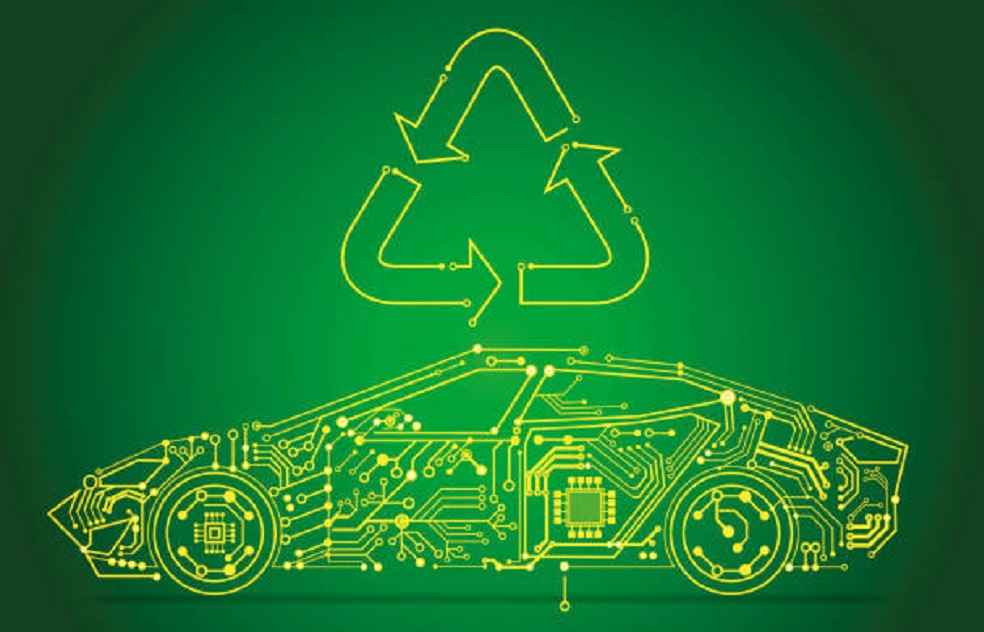Stellantis, the fourth largest automaker globally, has recently inaugurated its SUSTAINera Circular Economy Hub at the Mirafiori Complex in Turin, Italy. This move is a significant step in the company’s ongoing efforts to promote sustainability and reduce environmental impact, particularly in the realm of electric vehicles (EVs) and their components.
The hub, strategically located at a site already housing a battery technology center, aims to extend the life of Stellantis vehicles and auto parts. It is a part of the company’s comprehensive plan to embrace a circular economy. This approach encompasses the 4Rs: Remanufacture, Repair, Reuse, and Recycle. The process involves stripping down end-of-life vehicles, collecting parts for recycling, and using them in the construction of new vehicles and parts.
Stellantis emphasizes the hub’s role in complementing its broader strategy to fortify its global electrification ecosystem. The company has set an ambitious goal to become a net zero emitter by 2038. To achieve this, Stellantis has undertaken several initiatives, including a partnership with Orano for EV battery recycling, the formation of SUSTAINera Valorauto SAS joint venture with Galloo for managing end-of-life vehicles, collaboration with Qinomic for electric retrofitting of light commercial vehicles, and strategic partnerships for raw EV battery materials. Additionally, plans are underway to establish six giga factories across Europe and North America.

The Circular Economy Hub, representing a €40 million investment, is expected to create efficiencies and synergies across Stellantis’ operations. It is a key part of the seven accretive business units highlighted in the company’s Dare Forward 2030 strategic plan. The company aims to raise its recycling operations revenue to over €2 billion by 2030, reflecting its commitment to a sustainable business model.
The hub itself exemplifies sustainability. Spanning 73,000 square meters, it includes 55,000 square meters repurposed from a previously underused facility, recycling over 5,000 tonnes of metal from outdated assets. The facility’s equipment and machinery, sourced from other locations, have led to a 55 percent saving on new machinery and equipment purchases.
Stellantis’ leadership, including Chairman John Elkann and CEO Carlos Tavares, celebrated the opening, underscoring the importance of industrializing the recovery and sustainable reuse of materials. Tavares emphasized the dual benefits of this approach – environmental responsibility and financial value for the company.

Initially, the hub will host four activities based on the 4R strategy, with plans to expand in the future. These include remanufacturing components to OEM specifications, operating a sorting center for core parts, vehicle reconditioning using new and remanufactured parts, and vehicle dismantling for recycling and reuse of parts. By 2030, Stellantis aims to handle 150,000 remanufactured parts and manage up to 8 million parts through its sorting center, demonstrating a significant commitment to sustainable practices in the automotive industry.
DON’T MISS | Nissan Sparks UK Revival with New Electric Models





